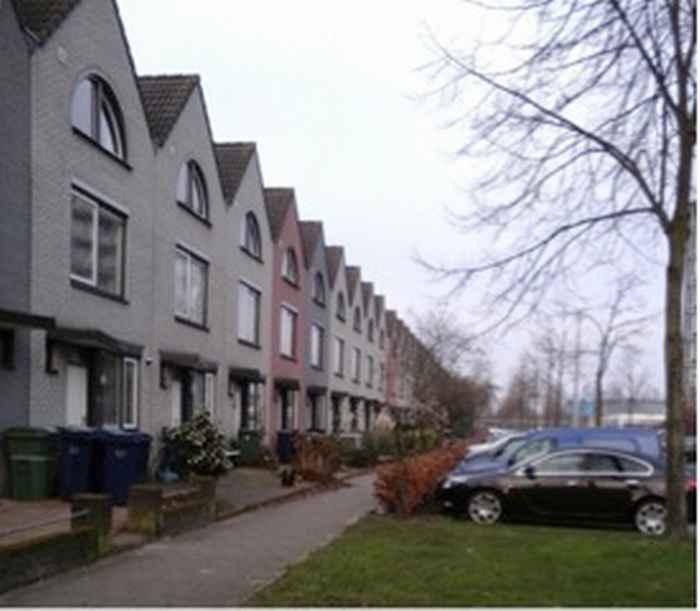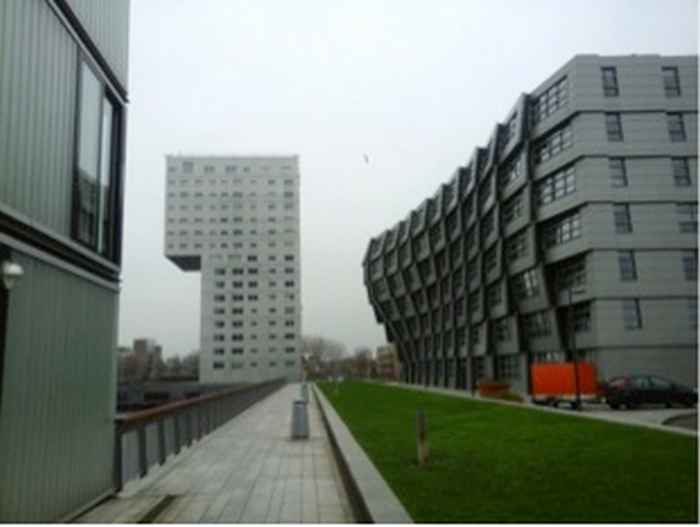Suburbanite 2.0 - by Yannis Tzaninis
Publication date 11-06-2015
Almere is becoming international more rapidly than Amsterdam. The past few years one out of four new inhabitants that moved to Almere came from abroad, departing from more than 100 countries. Currently almost 40% of its total population has some familial connection originating from outside the Netherlands. The town’s demographics continue to diversify but the population has not been increasing for a while. In contrast, Amsterdam is most popular lately and these last few years the city has seen its largest population increases since WWII. At the same time, the number of native Dutch who have been moving to the capital since 2011 is steadily increasing; very many newcomers to the city are white, native, middle- and upper-class parents, traditionally expected to suburbanise. Where is then the 1970s Dutch dream of the family house, the picket fence, the garden and the garage?

